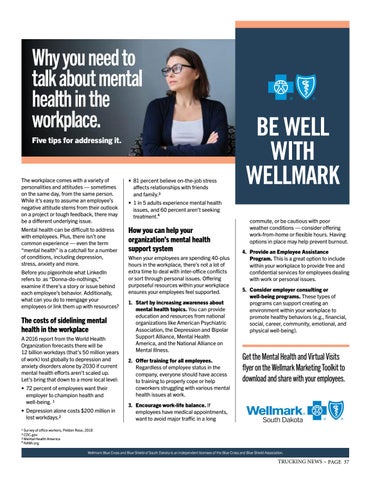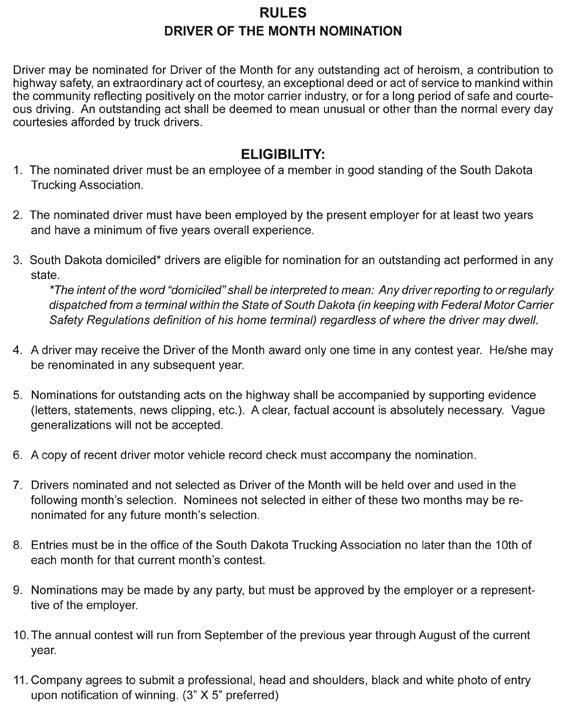Why you need to talk about mental health in the workplace. Five tips for addressing it.
The workplace comes with a variety of personalities and attitudes — sometimes on the same day, from the same person. While it’s easy to assume an employee’s negative attitude stems from their outlook on a project or tough feedback, there may be a different underlying issue.
• 81 percent believe on-the-job stress affects relationships with friends and family.³
Mental health can be difficult to address with employees. Plus, there isn’t one common experience — even the term “mental health” is a catchall for a number of conditions, including depression, stress, anxiety and more.
How you can help your organization’s mental health support system
Before you pigeonhole what LinkedIn refers to as “Donna-do-nothings,” examine if there’s a story or issue behind each employee’s behavior. Additionally, what can you do to reengage your employees or link them up with resources?
The costs of sidelining mental health in the workplace A 2016 report from the World Health Organization forecasts there will be 12 billion workdays (that’s 50 million years of work) lost globally to depression and anxiety disorders alone by 2030 if current mental health efforts aren’t scaled up. Let’s bring that down to a more local level: • 72 percent of employees want their employer to champion health and well-being. ¹ • Depression alone costs $200 million in lost workdays.²
• 1 in 5 adults experience mental health issues, and 60 percent aren’t seeking treatment.⁴
When your employees are spending 40-plus hours in the workplace, there’s not a lot of extra time to deal with inter-office conflicts or sort through personal issues. Offering purposeful resources within your workplace ensures your employees feel supported. 1. Start by increasing awareness about mental health topics. You can provide education and resources from national organizations like American Psychiatric Association, the Depression and Bipolar Support Alliance, Mental Health America, and the National Alliance on Mental Illness. 2. Offer training for all employees. Regardless of employee status in the company, everyone should have access to training to properly cope or help coworkers struggling with various mental health issues at work.
BE WELL WITH WELLMARK commute, or be cautious with poor weather conditions — consider offering work-from-home or flexible hours. Having options in place may help prevent burnout. 4. Provide an Employee Assistance Program. This is a great option to include within your workplace to provide free and confidential services for employees dealing with work or personal issues. 5. Consider employer consulting or well‑being programs. These types of programs can support creating an environment within your workplace to promote healthy behaviors (e.g., financial, social, career, community, emotional, and physical well-being).
Get the Mental Health and Virtual Visits flyer on the Wellmark Marketing Toolkit to download and share with your employees.
3. Encourage work‑life balance. If employees have medical appointments, want to avoid major traffic in a long
¹ Survey of office workers, Peldon Rose, 2018 ² CDC.gov ³ Mental Health America ⁴ NAMI.org Wellmark Blue Cross and Blue Shield of South Dakota is an independent licensee of the Blue Cross and Blue Shield Association.
TRUCKING NEWS ~ PAGE 37








